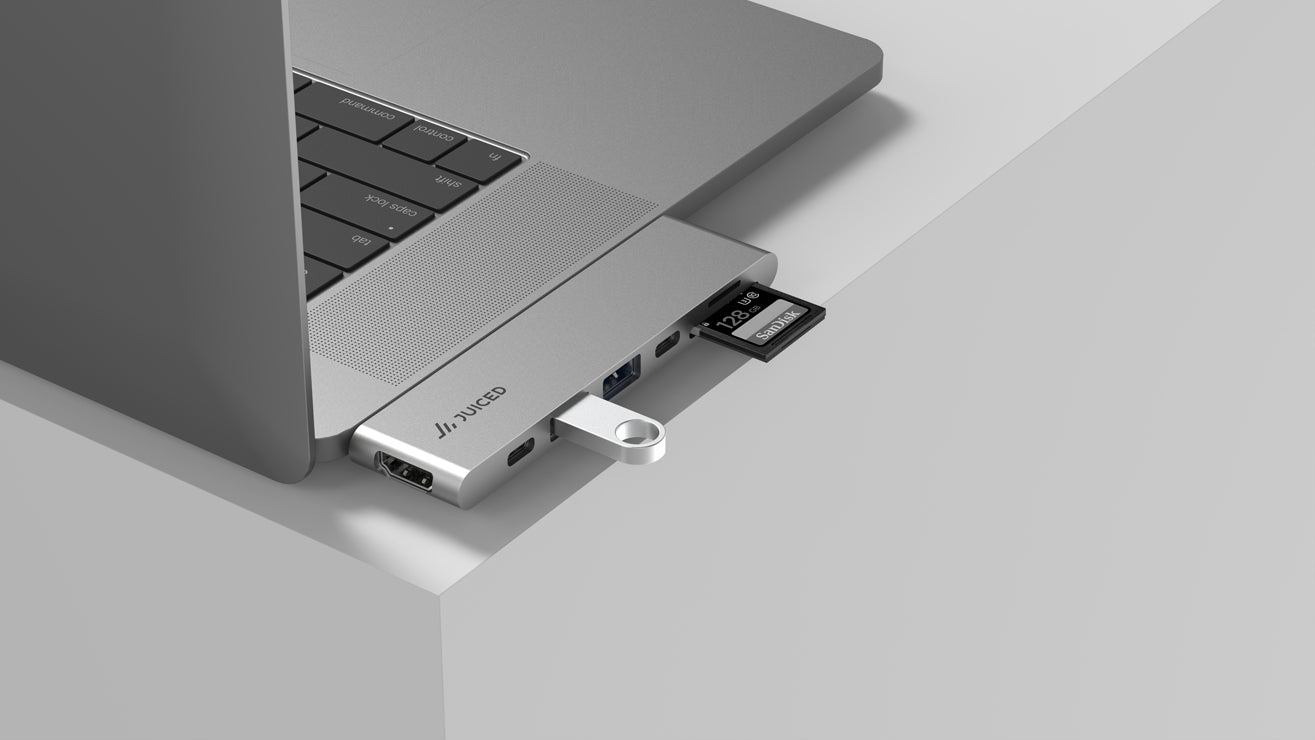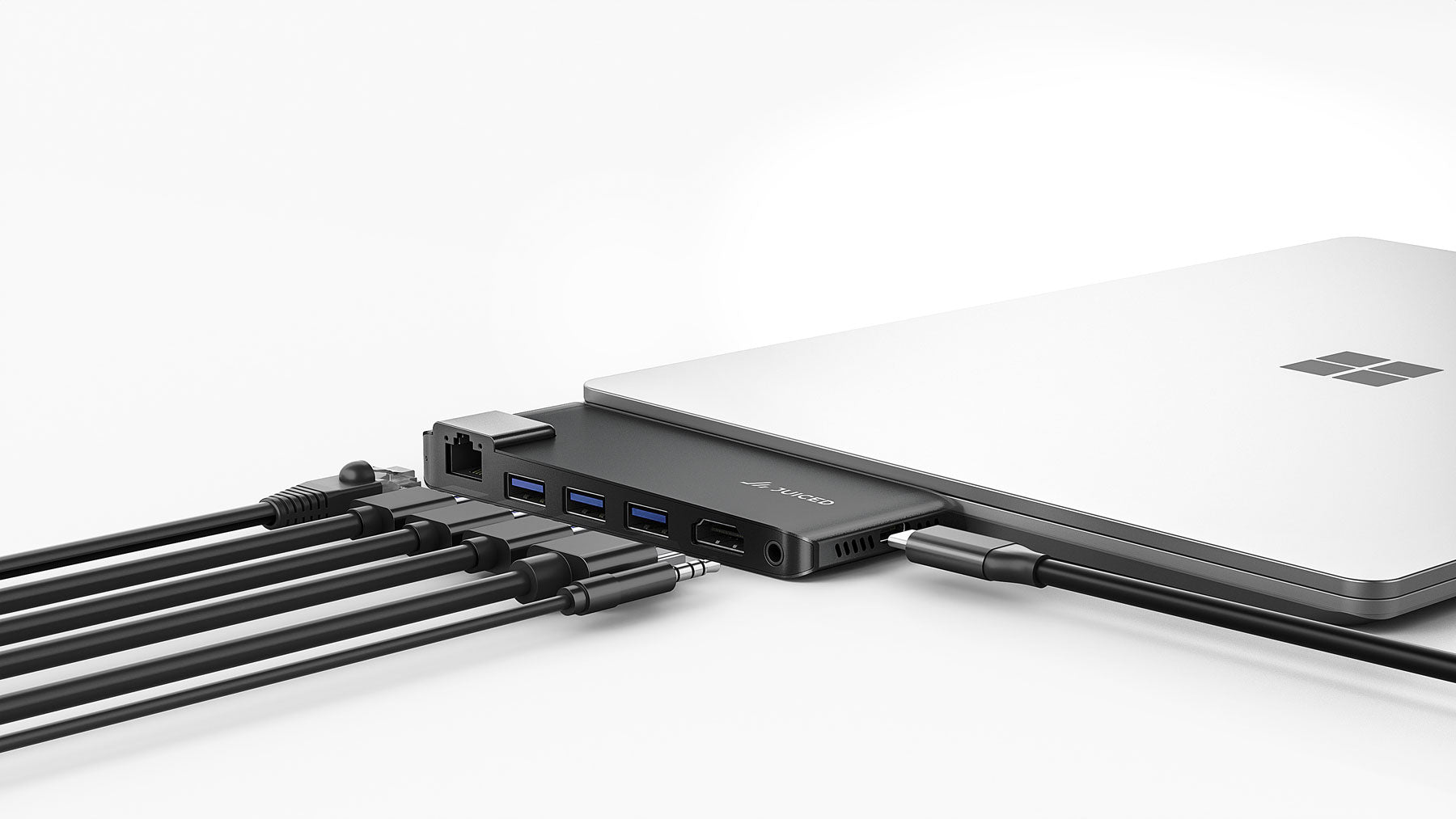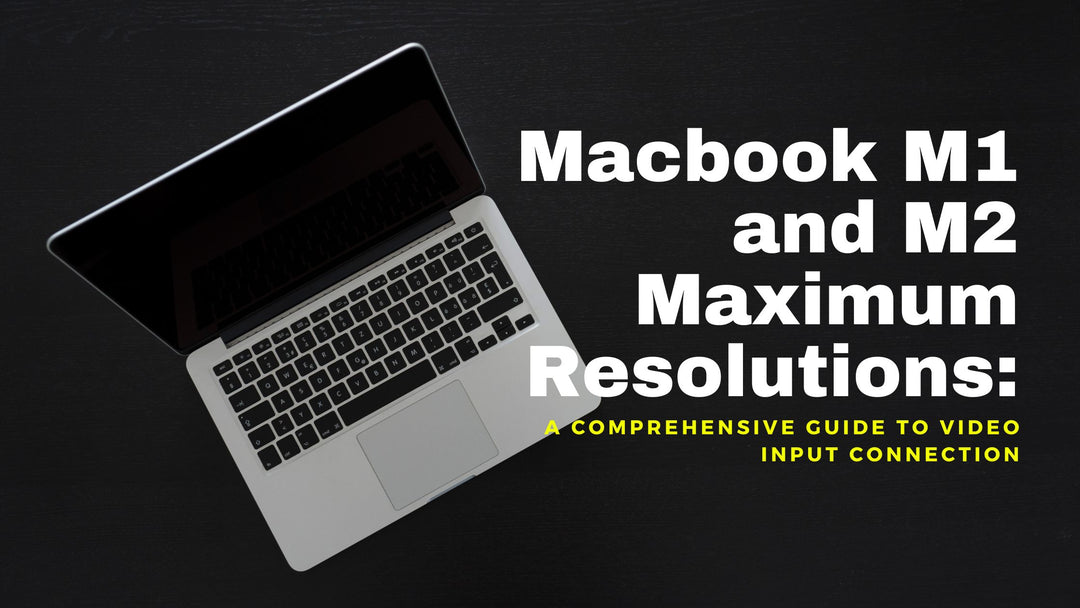USB4 and Its Game-Changing Impact on Data Transfer, Power, and Devices
- Introduction to USB4
- Key Features of USB4
- Speed Comparison: USB4 vs. USB3.2
- Compatibility and Connectivity
- Thunderbolt 3 Integration
- USB4 Use Cases
- The Future of USB Technology
Introduction to USB4
The dawn of USB4 has arrived, and it's nothing short of a game changer. As the latest iteration of the Universal Serial Bus standard, USB4 is set to revolutionize the way we transfer data, power devices, and connect peripherals. In this article, we will explore the key features of USB4, its compatibility with existing devices, and the potential impact it will have on the world of technology.
Key Features of USB4
USB4 is packed with several groundbreaking features that distinguish it from its predecessors. Among these are:
- Unprecedented Speeds: USB4 boasts a maximum data transfer rate of 40 Gbps, doubling the speed of the previous USB 3.2 standard.
- Improved Power Delivery: With USB Power Delivery (USB PD) 3.0 support, USB4 can deliver up to 100W of power, charging devices faster and more efficiently than ever before.
- Enhanced Display Support: USB4 enables simultaneous high-resolution video and data transfer, making it ideal for advanced display applications, such as virtual reality (VR) and 8K video streaming.
Speed Comparison: USB4 vs. USB3.2
To truly appreciate the leap forward that USB4 represents, let's compare its data transfer capabilities to those of USB3.2. While USB3.2 Gen 2x2 offers a respectable 20 Gbps transfer rate, USB4 doubles this speed to an astounding 40 Gbps. This means that transferring a 25GB file would take just under 5 seconds with USB4, whereas it would require nearly 10 seconds with USB3.2.
| Feature | USB 3.2 | USB4 |
|---|---|---|
| Data Transfer Rate | 20 Gbps (Gen 2x2) | 40 Gbps |
| Power Delivery (USB PD) | Up to 100W | Up to 100W |
| Display Support | Limited | Enhanced (4K, 8K, VR) |
| Thunderbolt 3 Compatibility | No | Yes |
| Connector Type | Type-A, Type-C | Type-C |
| Backward Compatibility | USB 3.1, USB 3.0, USB 2.0 | USB 3.2, USB 2.0, Thunderbolt 3 |
Compatibility and Connectivity
USB4 is designed with backwards compatibility in mind, ensuring that it can work seamlessly with USB 3.2, USB 2.0, and Thunderbolt 3 devices. This means that you can use your existing USB cables and devices without any loss of functionality. Additionally, USB4 utilizes the reversible USB Type-C connector, which simplifies the user experience by allowing for easy, one-handed connections.
Thunderbolt 3 Integration
One of the most significant advancements in USB4 is its integration with Thunderbolt 3 technology. By incorporating Intel's Thunderbolt 3
protocol, USB4 delivers a truly universal solution that bridges the gap between USB and Thunderbolt. This development offers numerous benefits, including:
- Increased Versatility: USB4's support for Thunderbolt 3 devices allows for the use of a single cable to connect various peripherals, such as displays, storage devices, and even external graphics cards.
- Simplified Setup: The integration of Thunderbolt 3 technology reduces the need for multiple cables and adapters, resulting in a cleaner and more streamlined workspace.
- Enhanced Performance: Combining USB4's 40 Gbps transfer rate with Thunderbolt 3's low latency and high-bandwidth capabilities enables optimal performance for data-intensive applications and high-resolution displays.
USB4 Use Cases
The introduction of USB4 brings forth numerous use cases that were previously impractical or impossible with older USB standards. Some of these exciting applications include:
- High-Speed Data Transfer: With 40 Gbps transfer rates, users can quickly move large files between devices, making USB4 ideal for photographers, videographers, and other professionals who regularly work with sizable data.
- 4K and 8K Video: USB4's impressive bandwidth allows for smooth streaming of 4K and 8K video content, transforming the way we consume and create high-definition media.
- VR and Gaming: The low latency and high-speed capabilities of USB4 make it perfect for immersive virtual reality experiences and demanding gaming setups, where every millisecond counts.
The Future of USB Technology
As USB4 continues to gain traction, it promises to reshape the landscape of connectivity and data transfer. With the rapid evolution of technology, we can expect USB4 to play a pivotal role in the development of new devices, peripherals, and applications. Its potential to drive innovation and enhance user experiences is virtually limitless, making USB4 a true game changer for the world of technology.









